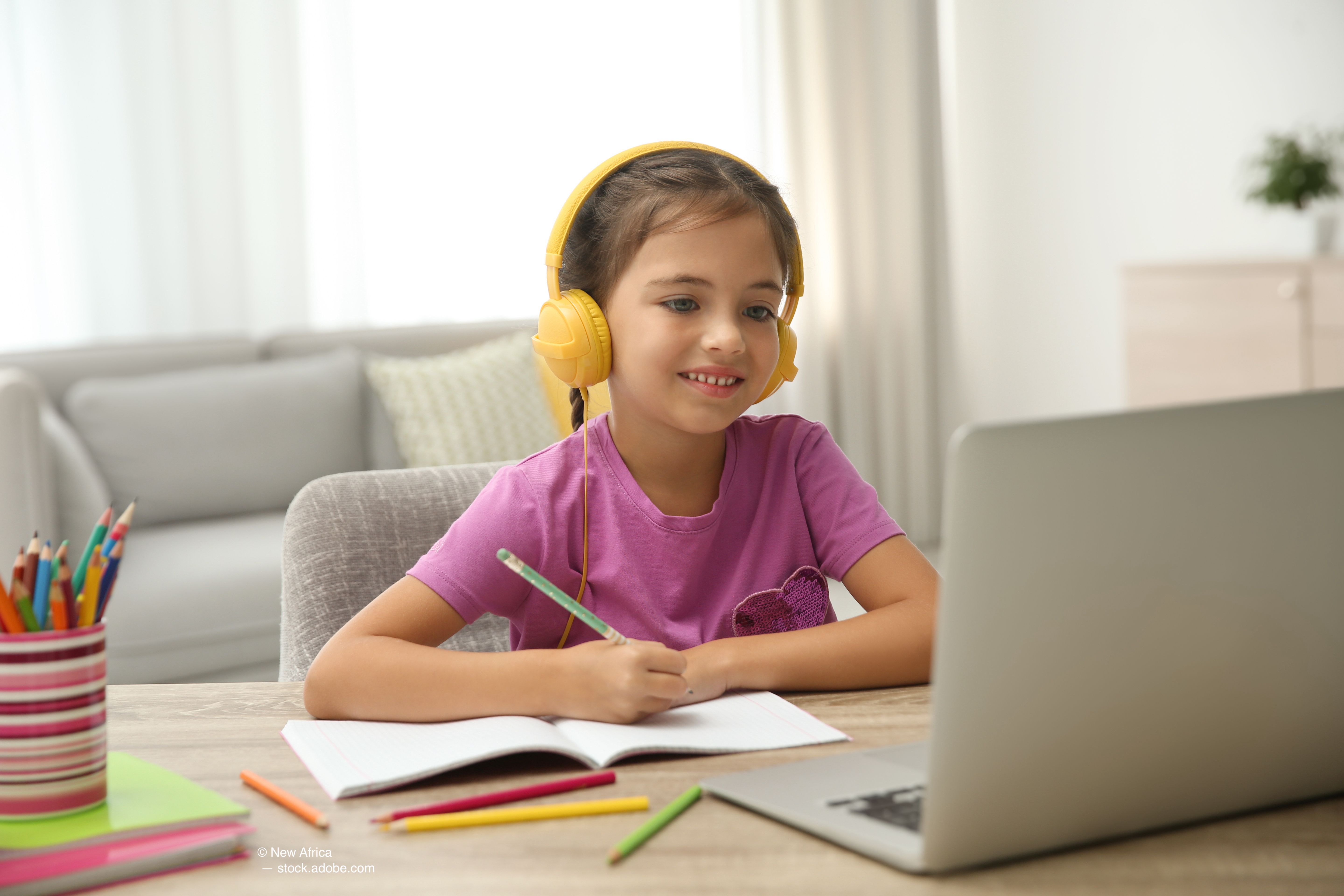Article
Guest editorial: The pandemic and young eyes
Author(s):
Perspectives from a pediatric ophthalmologist and mother.

Screen time in our home quickly evolved from prepandemic “airplanes only” to “please go to your room and stay on your iPad all day while I work.”
On top of the iPad-as-babysitter approach to parenting that I employed throughout the pandemic, my children, like children across the country, switched from in-person learning to online school.
That meant the ample outdoor recess and physical education time they would otherwise get was gone.
Related: Editorial: Yes, ophthalmologists are real doctors
After-school sports and activities soon fell off the radar too, as did play-dates and beach time. We were left with indoor (largely electronic) activities 24-7. I am sure any parent reading this can relate!
As a pediatric ophthalmologist, with my own children: Did I institute a 20-20-20 rule in my home?
Adjust screen brightness or location? Mandate outdoor activity to prevent myopia progression?
I must admit — I did not.

However, at the office, the 20-20-20 rule became my mantra as I watched many of my patients progress over a full diopter of myopia within short 6-month courses.
I listened to parents as they described decompensation of intermittent exotropia, telling them to try pencil push-ups and take plenty of screen time breaks.
Related: Exploring possibilities of myopia control and prevention in the US
I pushed artificial tears and frequent screen breaks on children who reported dry eye symptoms (a disorder I rarely encountered before the pandemic). Yet at my own home, the children ran rampant on screens with no rules!
The proverb “the shoemaker’s children always go barefoot” probably applies to my experience.
As my patients return to in-person school, the complaints related to dry eye and decompensated phorias have diminished… but the progression of myopia appears to be permanent.
We will continue to study treatments for progressive myopia and hope to halt the epidemic of myopia in our youth.
Related: Myopia progression slowed with orthokeratology, multifocal lenses
In the meantime, I seem to have dodged a bullet at home — my 6-year-old daughter just passed her well-child vision screening with 20/20 vision OU.
However, the quality of the YouTube videos she has watched this year may have stunted her development elsewhere!
As parents, we all are doing the best we can, and I, for one, will be giving all parents the grace they need to accept the pandemic’s effects (and any “new rules” for screen-time they needed to survive this dark time) on their children’s eyes and move forward from here.





